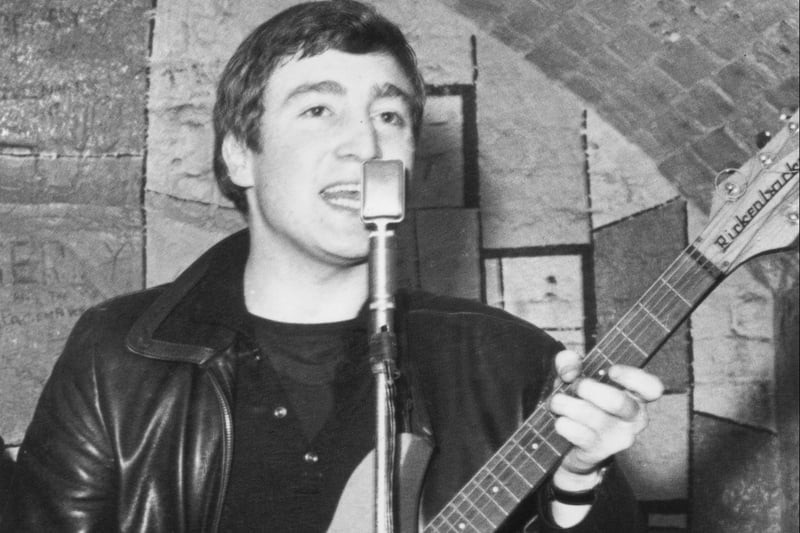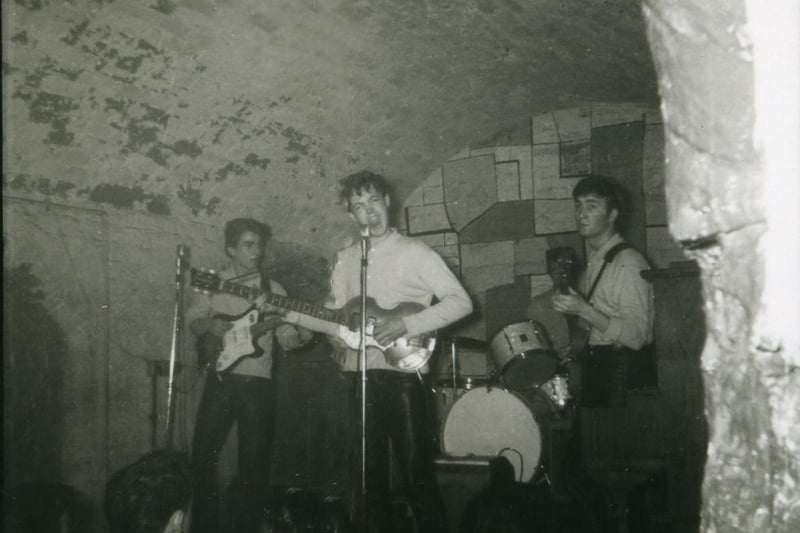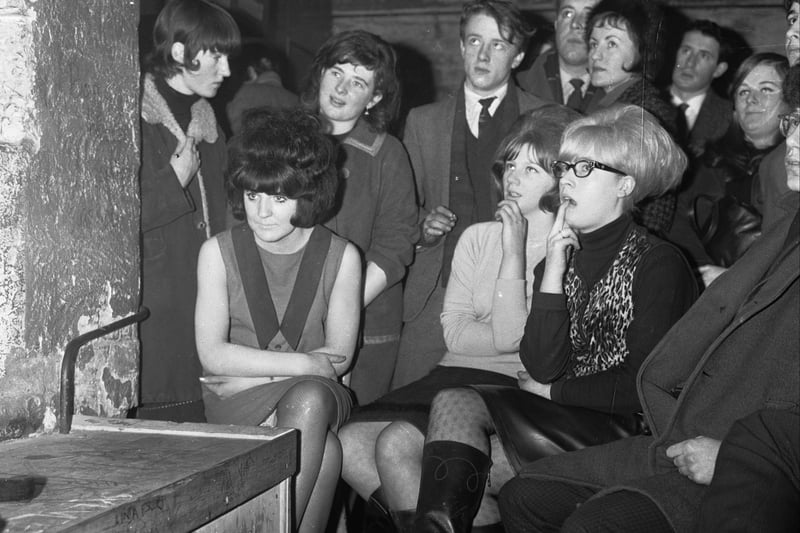Mathew Street in Liverpool is home to an array of venues that play live music every day of the week. But the most iconic has to be The Cavern Club. Widely known for launching The Beatles' career, it's played host to many other great artists over the years.
The Cavern Club opened in a warehouse cellar at 10, Mathew Street, Liverpool on Wednesday 16 January 1957. Named after a Parisian nightspot, it started off live as a jazz venue. Six hundred people crammed inside, and hundreds more queued in Mathew Street, hoping to get into the club.
Unfortunately, creative success was not matched by profit. By the end of the 1950s, competition from more business minded organisations would soon challenge the Cavern Club's rapid rise to popularity.
Liverpool's first jazz festival was hosted by the Cavern Club in 1960 and included many of the great names in British jazz. Though jazz performances remained popular at the Cavern Club until mid-1963, a new musical mood was already gathering force across Britain, especially in Liverpool.
Eventually, they let this new music in, which was skiffle, which turned into rock 'n' roll, which turned into the Mersey Beat sound. On the 9th February 1961, The Beatles' first performance at the Cavern Club. John Lennon, Paul McCartney, George Harrison, Stuart Sutcliffe and Pete Best.
The Beatles soon established themselves as the Cavern Club's signature act. It became the place where their musical identity was forged, and many of their fans maintain the band was its best during those lunchtime gigs, learning stagecraft through the exchanges with the audience only inches away. The band were always nostalgic about the Cavern.
The Fab Four would go on to play here 292 times. Not only did they put The Cavern and Liverpool on the map, but every other big artist after wanted to play where here. The likes of the Rolling Stones, The Kinks and Elton John Rod played here before they had their own success.
British Rail enforced the closure of the original Cavern Club in 1973 to allow building work on a new underground railway system to commence. The warehouses above were demolished, while the cellar itself was filled with rubble. In 1984, The Cavern returned just a few yards away from its original location, attracting visitors, audiences and bands from across the world.
As well as being a major tourist attraction, it's still a relevant live music venue in its own right. It's a bucket list item for new and established musicians to play here - Adele launched her 21 album here in 2010 - many artists make it their mission to perform here.
Through seven decades, before, during and after The Beatles, this legendary cellar has survived setbacks and closures to become the most famous music club in the world. Not only is it the ultimate place of pilgrimage for fans of the Fab Four, but it's also an iconic live music venue with its own story to tell.

1. Liverpool's iconic Cavern Club
John Lennon at the Cavern Club, December 1961. Photo: Evening Standard/Hulton Archive/Getty Images

2. Liverpool's iconic Cavern Club
Music fans waiting outside the famous Cavern Club in March 1966. Photo: Getty Images

3. Liverpool's iconic Cavern Club
A rare image of The Beatles playing at the Cavern Club in July 1961. Photo: Tracks Ltd

4. Liverpool's iconic Cavern Club
A crowd of young people watching the latest act at the Cavern Club in 1964. Photo: Getty Images
